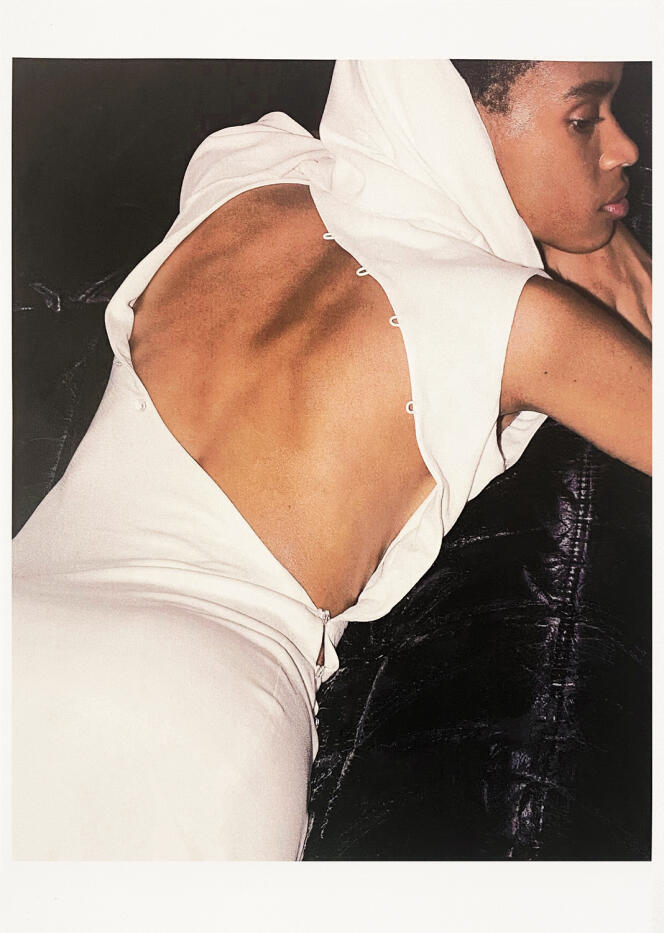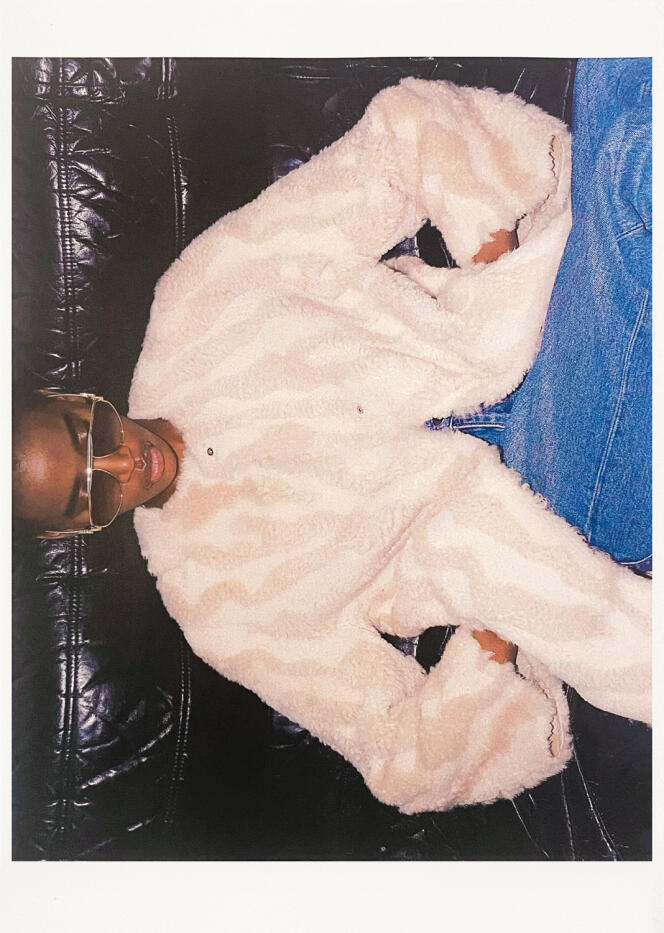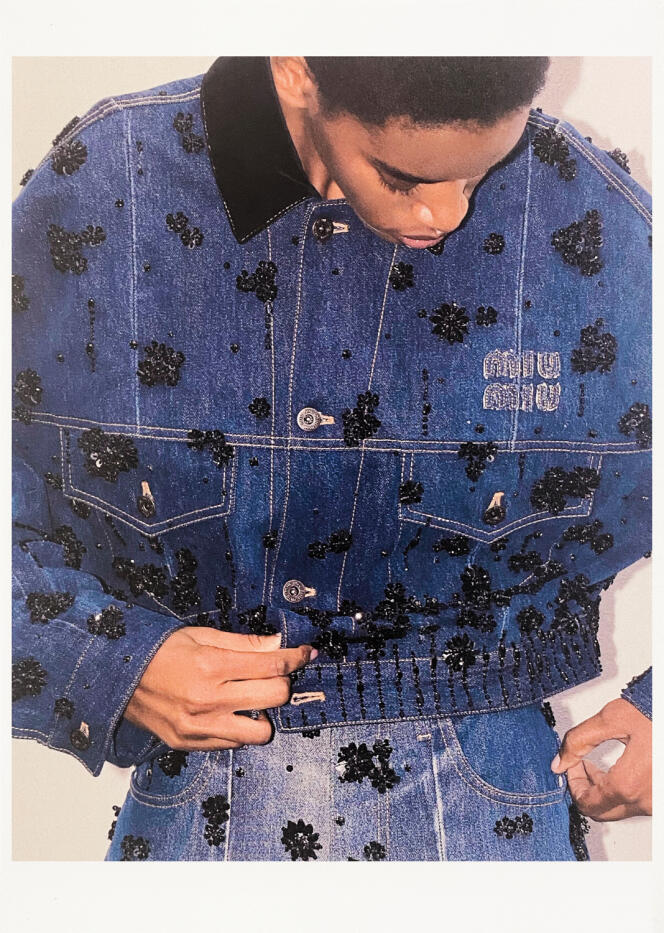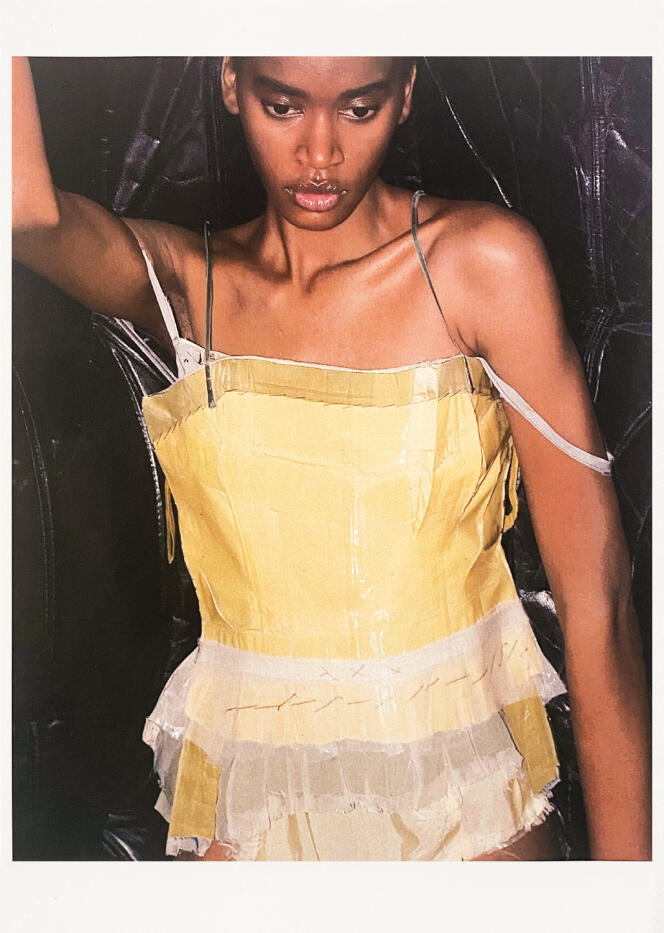PFor centuries, mending your clothes to make them last was simply an imperative. In medieval times, where clothing options were meager (when the nobles had a tailor-made suit, the more modest ones weaved or knitted it themselves from wool), clothing was passed down from generation to generation. And is regularly resized and mended to best suit the wearer.
At the height of the Second World War, making something new out of something old was a social issue, even a mission of public utility. Faced with the rationing of fabrics used to produce military uniforms, citizens are asked to extend the life of their clothing by all means.
In the United Kingdom, the “Make Do and Mend” campaign, widely distributed through brochures, films and fashion shows, shows women how to transform men’s pants into an elegant belted dress or make an indoor bathrobe. thanks to an ingenious patchwork made of tablecloths and napkins. In a way taking the example of Scarlett O’Hara (Gone with the wind, 1939), forced to cut a dress from a pair of green velvet curtains to hope to seduce the dark-haired Rhett Butler and thus convince him to pay off his debts.
A value-added transformation
If the practice does not date from yesterday, the term upcycling, he is relatively recent. It is attributed to a German engineer converted into an interior designer, Reiner Pilz, who, exactly thirty years ago, in 1994, uttered the word in an interview given to the British architectural magazine Salvo. At downcycling, or the transformation of a product into a new material of lower quality, he thus opposed theupcycling, “to add value to used items”.
At the same time, Belgian Martin Margiela launched his Replica line, made from identically reproduced old clothing. “I like clothes that I didn’t invent,” declared a year earlier the man who made recycling one of his trademarks. Unveiled in 1988, his first women’s collection already included a leather butcher’s apron reworked into an evening dress and jackets cut from a tulle dress.
This concept of transformation will inspire Margiela to create a wardrobe of its own. In January 2006, he created the Artisanal line, a collection of unique pieces made from materials and objects found around the world. And presented every year since then during Parisian Haute Couture Week.
Certain fashion brands are therefore working more and more today to create from what already exists in order to respond in their own way to the thorny problem of overconsumption and pollution due to manufacturing and waste from production. fashion. The Ecological Transition Agency recalls that, “each year in France, nearly 3.3 billion items of clothing, shoes and household linen are placed on the market”.





